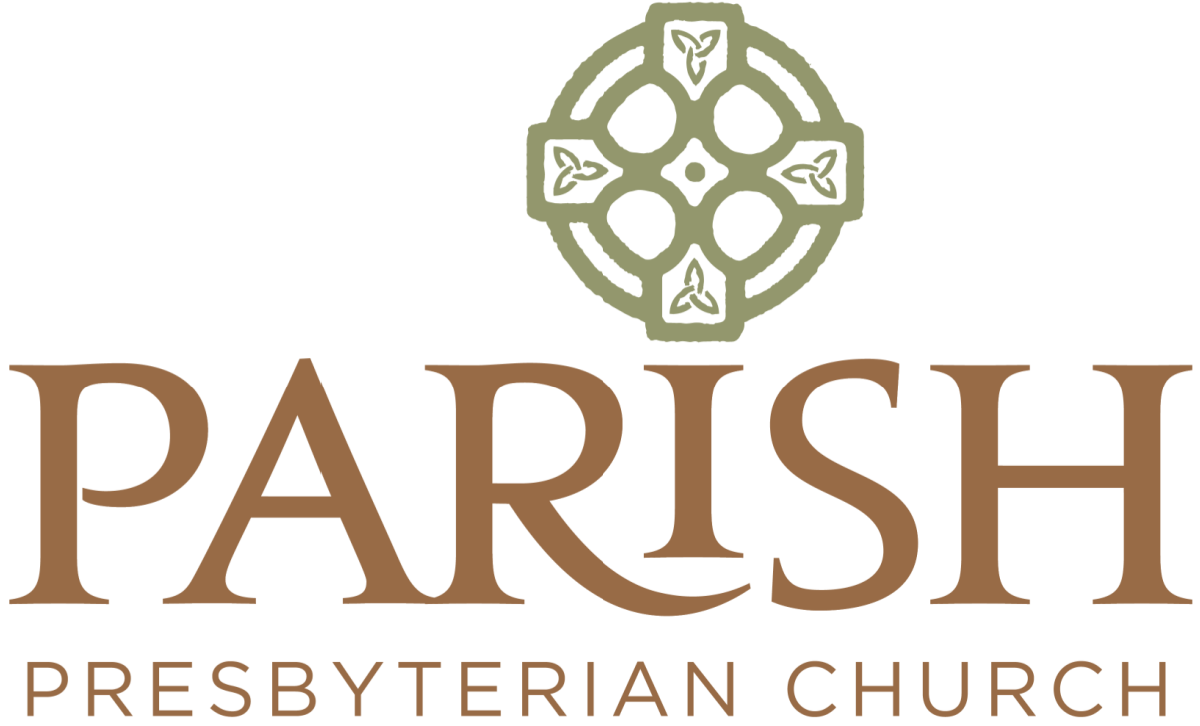Those of you who are anglophiles may recognize the music to The Lord Has Spoken To My Lord—Psalm 110, though you probably know it with different words. William Blake wrote “And did those feet in ancient time” in 1804, as a part of the preface to his epic poem Milton. The poem is odd and fantastical, beginning with Jesus Christ…
At the beginning of 2 Corinthians 11, Paul expresses his zeal for the purity of the church by comparing her to Eve in the garden. Just as our first mother was deceived by the serpent, so the Corinthian believers are being deceived by false teachers. Many of this morning’s readings and hymns explore images of marital fidelity as metaphors for…
You’ve probably noticed, this being the month of June, that contemporary society has taken to aggressively promoting the sin of pride. Governments, mass media, and major corporations all line up to celebrate pride (only provided it is pride in one of the currently socially favored identities, ethnicities, or lifestyles). By contrast, Paul in 2 Corinthians gives us a portrait of…
Thanks be to God for His inexpressible gift! —2 Corinthians 9:15 This morning, along with the rest of the Western church, we remember the events of the day of Pentecost recorded in Acts 2. Known as Whitsunday in the English-speaking world, this celebration focuses on the giving of the Holy Spirit to the church. Red is used on the bulletin…
Today, we observe Ascension Sunday, perhaps the most neglected of the “five evangelical feasts” which are celebrated in most Christian traditions (along with Christmas, Easter, Good Friday, and Pentecost). This day marks the commemoration of the events of Acts 1:6-11 when Jesus completed His earthly ministry by ascending into Heaven and sitting down at the right hand of the Father.…

